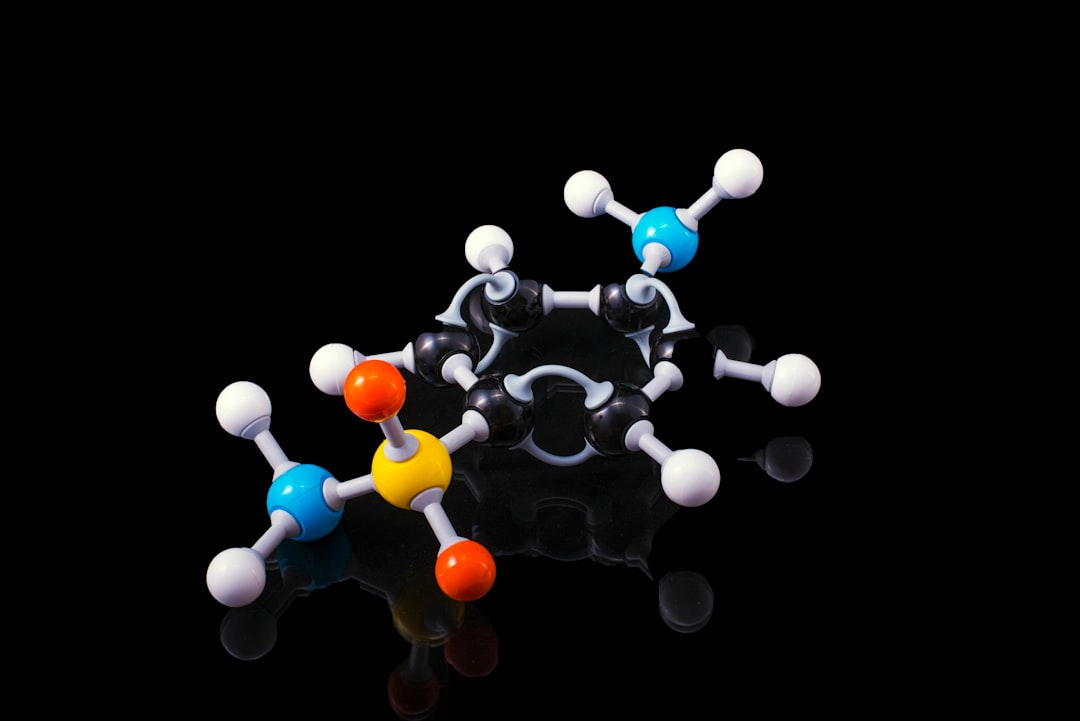What is it about?
People want to know if acupuncture 'works'. It seems straightforward but you could get different answers depending on what you compare it against. DynaMed researchers identified 4 large, rigorous randomized controlled trials that compared acupuncture vs. no treatment and also vs. sham acupuncture. These were all 3-armed trials. Patients who got randomly assigned to acupuncture reported feeling less pain on questionnaires than patients who got randomly assigned to no treatment. But this could be due to placebo or expectation effects: the patients who signed up for the trial expected to get acupuncture, NOT no treatment, and the patients who got assigned to the no treatment group would be disappointed in their treatment assignment, and this would be reflected in their responses to pain questionnaires. Therefore, these 4 trials also used sham acupuncture as another control. The sham controls typically involves inserting needles superficially at random spots on the body, NOT at true acupuncture points. The intention is for the patients in the sham group to BELIEVE they're receiving true acupuncture, so that the expectation or placebo effects are equal between the two groups. The comparison of true acupuncture versus sham acupuncture tests whether the benefit of acupuncture is due only to placebo effects, or alternatively that the point-specific placement of the acupuncture needles really makes a difference. Of the 4 randomized trials, the 2 largest and most robust trials found no difference between acupuncture and sham acupuncture. The 2 smaller trials, each of which had a methodologic flaw, found that true acupuncture was superior to sham acupuncture. DynaMed analysis concluded that acupuncture may not improve pain or function compared to sham acupuncture, but the evidence is inconsistent. DynaMed's recommendation for physicians at the point of care was the following: "Guidance: Consider acupuncture for chronic low back pain in adults, but consider counseling patients that sham acupuncture may be as effective (Weak recommendation)"
Featured Image
Why is it important?
Patients with low back pain have few treatment options. NSAIDS and acetaminophen are commonly use pharmacologic treatment options, but both are minimally effective and potentially harmful: NSAIDs have gastrointestinal and cardiovascular adverse effects, and acetaminophen is a leading cause of acute liver failure. Acupuncture is probably the most thoroughly investigated non-pharmacological treatment option for patients with low back pain. Acupuncture has been demonstrated to be relatively safe, but the evidence for its effectiveness is not straightforward. In 2009, the UK National Institute for Clinical Excellence (NICE) evaluated the evidence on acupuncture for low back pain and concluded that there was sufficient evidence to recommend it. As a result, patients in the UK with low back pain were able to get 10 free sessions of acupuncture paid for by the UK National Health Service (NHS). But in their latest update of their evidence review [February 2016 draft], NICE concluded that the evidence does not warrant recommending acupuncture. This change in NICE's recommendation has been controversial, and acupuncturists have started a change.org petition to prevent acupuncture from being withdrawn from the UK NHS. I was approached by the editor-in-chief of the European Journal of Integrative Medicine to describe DynaMed's approach to this concept, including DynaMed's assessment of the evidence and its recommendation.
Perspectives
The typical evaluation for pharmacologic treatments in randomized trials involves a comparison with a placebo control. This controls for placebo effects, allowing the trial to tease out any specific biological benefits due to the drug. A placebo is particularly important when the outcome measure is subjective and patient-reported, e.g. asking patients how much pain or disability they're experiencing. If patients think they're getting a true treatment, they are more likely to report a benefit on questionnaires. Acupuncture researchers have applied this placebo model to the evaluation of acupuncture. But it's not an ideal fit. Designing a placebo for acupuncture is not as easy as creating a sugar pill. The placebo or sham acupuncture used in these trials typically involved needle insertion, even if only superficially. Yet any type of needle insertion, even superficial needle insertion at the 'wrong' spots, may have an analgesic effect. So the sham controlled trials may not be comparing acupuncture vs. an inert placebo. Yet comparing acupuncture vs. no treatment is also not very informative, because just about any treatment does better than no treatment, and this can be attributed to placebo effects. Another option is comparing acupuncture vs. standard treatments that people with back pain are typically prescribed and recommended. Examples include physical therapy or a course of NSAIDs. However this may also be a biased test, because on their pain questionnaires, patients may report feeling better if they get acupuncture, not due to a biological differences in the treatments, but rather because acupuncture is the newer, ritualistic, esoteric treatment that they hadn't tried yet. After spending millions of dollars on acupuncture trials that have resulted in no real conclusion to guide treatment decisions, NCCIH had wisely decided to put a moratorium on sham-controlled trials. Perhaps a moratorium on ANY new acupuncture research would save taxpayers any further costs on future studies which are unlikely to yield any clinically relevant answers.
Dr Eric W Manheimer
DynaMed
Read the Original
This page is a summary of: Point-of-care application of: Guidelines and evidence on acupuncture for chronic low back pain, European Journal of Integrative Medicine, August 2016, Elsevier,
DOI: 10.1016/j.eujim.2016.07.029.
You can read the full text:
Resources
URL of open access version of acupuncture for low back pain article
Open access version of article
8-15-16: ACUPUNCTURE – How do we know what we know and how well we know it? …
Dr. Brian Alper's 1st blog post about article
8-16-16: EVIDENCE AWARENESS needed for good decision-making …
Dr. Brian Alper's 2nd blog post about article
8-17-16: EVIDENCE UNDERSTANDING – much more complex than evidence reporting …
Dr. Brian Alper's 3rd blog post about article
8-18-16: CLINICAL PERSPECTIVES – much more complex than guideline reporting …
Dr. Brian Alper's 4th blog post about article
8-19-16: SYNTHESIZED GUIDANCE -- when it all comes together ...
Dr. Brian Alper's 5th blog post about article
Contributors
The following have contributed to this page










